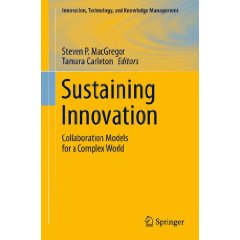I missed this article in the New York Times when it came out a couple of weeks ago, but it’s well worth a read for a view on innovation and creativity. The overall theme is that introverts and lone geniuses are often the ones that lead innovation. It also has insights about working environments that lead on from this
Privacy also makes us productive. In a fascinating study known as the Coding War Games, consultants Tom DeMarco and Timothy Lister compared the work of more than 600 computer programmers at 92 companies. They found that people from the same companies performed at roughly the same level — but that there was an enormous performance gap between organizations. What distinguished programmers at the top-performing companies wasn’t greater experience or better pay. It was how much privacy, personal workspace and freedom from interruption they enjoyed. Sixty-two percent of the best performers said their workspace was sufficiently private compared with only 19 percent of the worst performers.
Leading on from this article there’s some informed commentary on the formula for innovation at Fast Company where Fabio Sergio from Frog summarises:
The idea that visionary geniuses are best-poised for radical innovation is simply misleading. Maybe Jobs or Steve Wozniak were visionary geniuses working in uninterrupted solitary isolation … when they weren’t busy working crazy-long hours with the rest of their über-talented crews in the cultural cradle of high-tech innovation.
The answer lies in harnessing positive tension. It’s an art that only a group of talented individuals have proven to be capable of mastering.
Both articles are well worth reading, and highlight the complexity around creating a culture of innovation.
UPDATE: Bob Sutton also weighs in on the NYT article with an excellent post here.

